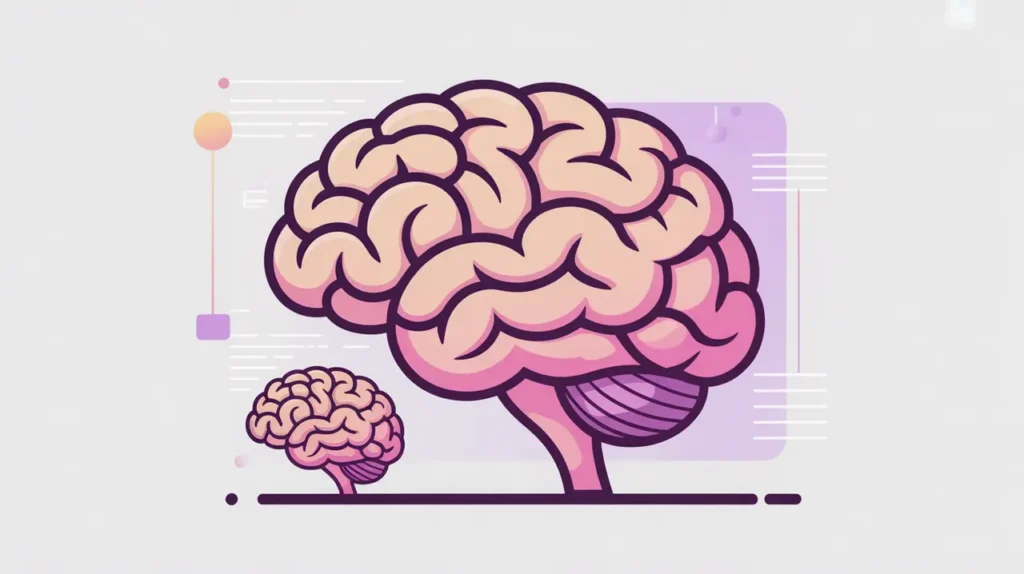Importance of Interoperability Standards
Interoperability Standards define the rules and frameworks that allow different systems, applications, and datasets to work together seamlessly. In the AI ecosystem, they ensure that tools built by different providers can exchange data, communicate, and integrate into workflows without costly custom connections. Their importance today lies in reducing fragmentation, lowering barriers to adoption, and enabling collaboration across diverse technical ecosystems.
For social innovation and international development, interoperability standards matter because mission-driven organizations often rely on multiple platforms for health, education, or humanitarian response. Standards enable these systems to share data and coordinate effectively, ensuring that services reach communities more efficiently.
Definition and Key Features
Interoperability standards take many forms: data schemas, communication protocols, and application programming interfaces (APIs) designed around shared specifications. Examples include HL7 and FHIR standards for healthcare, SCORM for education content, and OGC standards for geospatial data. These frameworks reduce duplication, prevent vendor lock-in, and support long-term sustainability by ensuring that systems can evolve without breaking connections.
They are not the same as integration tools, which build bridges between systems after the fact. Nor are they equivalent to open data, which emphasizes accessibility but does not always ensure compatibility. Interoperability standards create the common language that makes connections work reliably across systems.
How this Works in Practice
In practice, interoperability requires adherence to widely adopted specifications and, often, certification of compliance. Governments, industry groups, and international organizations play important roles in convening stakeholders to define standards. For example, in healthcare, interoperability standards allow electronic medical records to move across hospitals and borders, while in education they enable content to be reused across learning management systems.
Challenges include uneven adoption, competing standards, and the influence of large vendors who may prefer proprietary ecosystems. Smaller organizations may struggle with the technical and resource demands of compliance, even when standards are beneficial. Collective action and capacity-building are often needed to ensure broad adoption.
Implications for Social Innovators
Interoperability standards are essential for mission-driven organizations. Health initiatives rely on them to ensure continuity of care across clinics and systems. Education platforms use them to share resources and assessments across diverse digital tools. Humanitarian agencies depend on geospatial and crisis-data standards to coordinate with governments and international partners. Civil society groups benefit from standards that enable secure, transparent data exchange for advocacy and research.
By adopting and advocating for interoperability standards, organizations strengthen collaboration, reduce inefficiencies, and create systems that are adaptable, inclusive, and sustainable.







